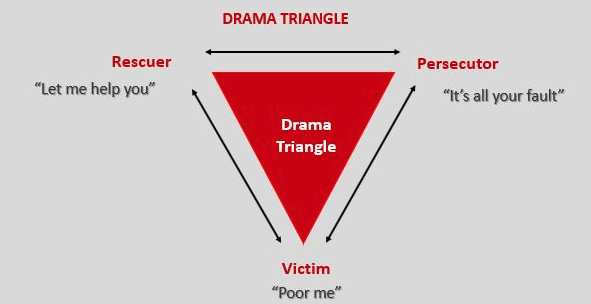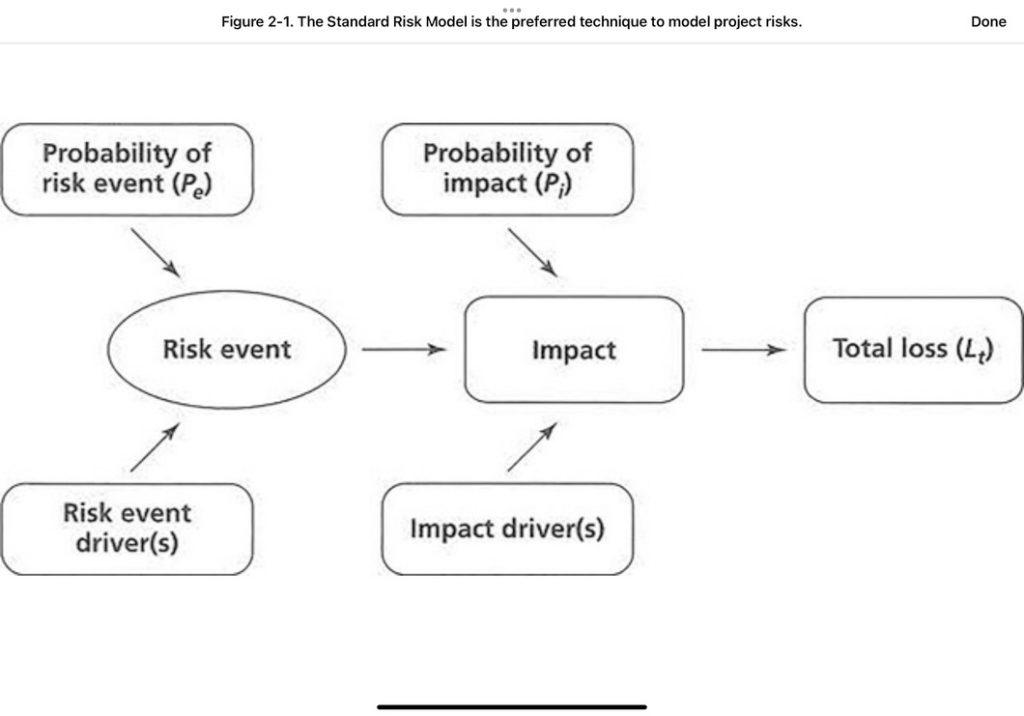May 29, 2024
The mix of skills and experience required to succeed as an independent school administrator are wide and varied: technical skill, people skills, organizational skills, and strategic thinking. This article will introduce three underrated tools essential for any Administrator with budget responsibility who has to manage a team.
School administrators develop effectiveness by combining their innate qualities with their unique educational and work experience, and by watching other administrators. Because most people who become administrators do not have much managerial experience outside of a school context as they become administrators, they rely on what is tried and true within the bounds of traditional school administration. This limits administrator’s exposure to more modern management tools common outside of education.
Administrators face significant challenges including limited resources and time, complex projects to execute, many stakeholders to satisfy, and rapidly changing work environments. Burnout and overwhelm often limit the effectiveness of administrators, especially those administrators who are good at ‘fire fighting’ and rely on that skill instead of engaging in system building. Management tools have evolved significantly in the past 20 years and education has been slow to adopt many of them for the reasons above.
Several simple organizational tools can improve administration outcomes and processes, while also reducing stress and building team functionality and reliability.

Tool 1: Karpman Drama Triangle
Source: LeadershipTribe
This tool is over 50 years old. Stephen Karpman designed the tool to illuminate the dynamics and roles that arise among groups of humans in conflict. Some amount of conflict is inevitable in a complex environment like a school’s staff, but how the conflict is assimilated by the system’s people varies significantly. Unaddressed tensions can limit an admin team’s effectiveness significantly. The tool isn’t hard to learn or understand, but does take practice and needs a thoughtful rollout.
Use the tool to unpack conflicts and create paths to improvement and, ideally, resolution. You can literally hear the three roles emerge in the words used during intense conversations. This is also very helpful to use with parents, students or staff who are upset.
This tool allows the components in a conflict to surface. With this clarity, roles can be interrogated, contributions to the conflict identified, and possibilities for unwinding the conflict to surface. This transparency can lead to commitments to better meet the needs of all people involved. I showed the triangle to a team and then a few weeks later heard grumbling that sounded like an opportunity. I just reflected what I was hearing between participants in non-accusatory language, saying “It sounds to me like Stephen feels responsible for rescuing Alan and Sarah from their conflict. Does anyone else see that?” And then I said nothing. It was painfully silent for a good twenty seconds, before someone spoke, and we could get the conflict out there. It takes courage to say nothing and allow the awkwardness to break into real understanding, but that’s where positive change comes from.
Tool 2: Fishbone Risk Diagram
Risk management sounds scary, but doesn’t have to be. We know it’s important, but how to do it without getting bogged down in details isn’t obvious because we aren’t trained to dissect risks in school. Preston Smith and colleagues have developed simple tools to do this work. The tool works because it allows a team to name and break down the risk, separating the risk itself from its impact. Still more usefully, it separates the drivers/causes of a potential risk event or impact from the probability of the event or impact happening. This structure helps us untangle and make explicit our biases and assumptions, reducing the chances that a plan fails.

Here’s an example of how to use it for tuition shortfall risk: imagine an admin team meeting or a meeting with Admissions and the Head. The “risk event” is a 10% shortfall in tuition income forecast, either in a demographic group/market segment or overall. Start with an estimate of the likelihood of the shortfall happening based on current information or metrics. Then consider what factors contribute to the risk happening—the risk drivers. This might be a lower-than-expected yield on contracts offered, a shortfall in applications complete or things like that. Just do a quick first pass on this and fill in the rest of the chart before going back to dig into countermeasures for each of the risk drivers on your list.
Next, consider the impacts of the 10% tuition shortfall happening. What would this mean to the organization if this happened? Is the impact certain or just possible if the risk event actually happened? You’ll want to see if there are ways to make the impact less likely, perhaps by pivoting marketing or recruitment activities. As part of this second step, list out the impact drivers, the things that influence the impact’s size or nature.
When your first pass filling in the diagram is done, you can begin to get a team together to start taking action: breaking the risk down into parts, separating causes/drivers and odds/probabilities. Use the fishbone diagram as a way to keep your problem solving specific, focused and visible. If this feels hard to do at first, try it on your own with an upcoming vacation, family event or a date night. Start with small experiments—like riding a bike, you’re not likely to feel like a natural the first time.
Tool 3: Visualized work
The final tool is a list on Human Growth Hormone. If you are already a spreadsheet user or list maker, this is a game changer. Called visual work in the world of educational agility, visual work is what allows leaders to magnify their impact, follow through on commitments in a fail safe way, and bring teammates together. When school leaders practice transparency in their work commitments and requests by using a work board, they create the conditions in the team for better problem solving, prioritization and communication. There are many ways to visualize work, some are free. Look at your options as compared to your needs.
No matter what sort of administrative role you have you will encounter risk, conflict and lots to do. The drama triangle, risk fishbone, and structured project list will serve you well if you use them carefully, thoughtfully and with your institution’s mission in mind. Taking action to address issues proactively can save time you may not want to spend later: these tools allow that proactive stance. Be brave!
You may also be interested in reading more articles written by Simon Holzapfel for Intrepid Ed News.


